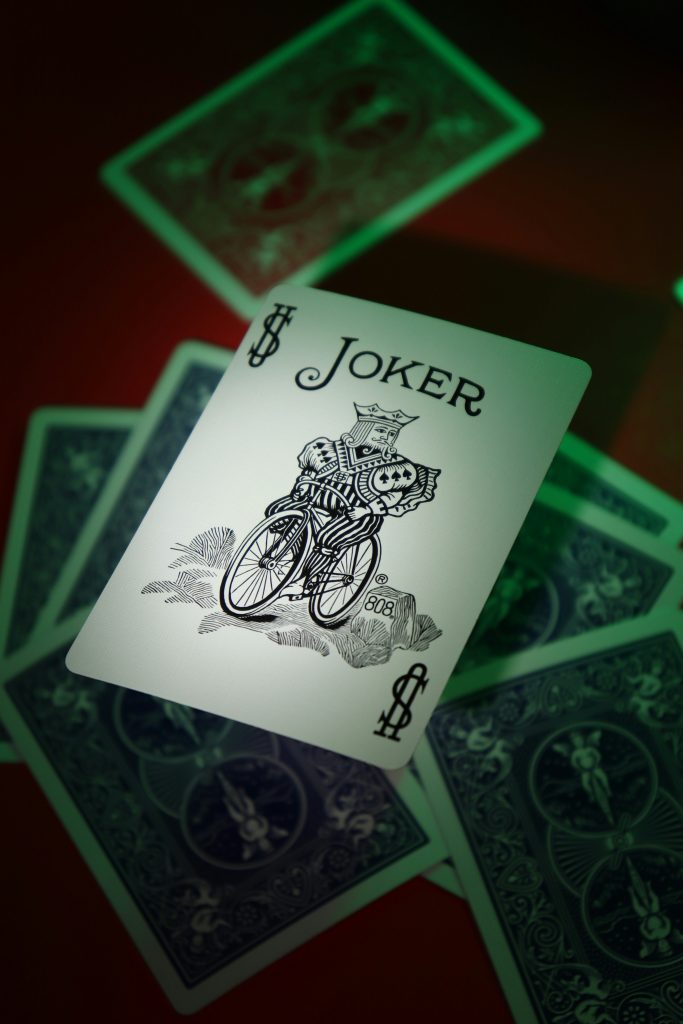Have you ever written a scene that doesn’t work? It’s not bad, but it’s not great either—it just feels… flat.
We all want engaging, intriguing and dynamic scenes for our beloved stories. This writing checklist will guide you in the editing stage, helping you breathe life into your story.

1. Don’t Improve the Scene.
The last thing I want you to do is improve the scene.
That’s a shortcut way to bury yourself in writer’s block. Making it “better” is not constructive advice; it’s a useless value judgment that lacks a blueprint for action.
Breathe life into the scene – not by judging it as good or bad, but through curiosity:
NOT: “How can I make the scene better?”
YES: “How can I make this more interesting?“
This subtle shift can spark creativity and free you from perfectionism—experiment with writing a bold, exaggerated, and stupid version of the scene. You might discover something surprising and fresh that brings it to life.
One thing that always helps me with this is a prompt book I bought on a whim a year ago. It’s a great collection of prompts, ideas and ways to deepen the story in fun ways. Check out the book here: The Ultimate RPG Character Backstory Guide: Prompts and Activities to make the most interesting story for your character.

2. Add Tension and Stakes
A scene without tension will always fall flat.
Tension does not mean fire-blazing action (so you can relax, romance writers). At its core, tension is a decision: two or more possible paths and a character forced to choose between them.
How is the decision made? With internal conflict.
Decisions don’t have to be monumental to matter. Small choices—whether to lie or tell the truth, lighten the mood or take things seriously, flee or fight—can create powerful tension. Just ensure that the decision reveals something about your character. (see “Make the characters irreplacable” below).
At the heart of tension is a decision. Ask yourself:
- What decision is my character making in this scene, and why? What does my character wish to gain through this decision (and will they get it)?
- What are the emotional stakes and consequences of this decision?
- How does the story change due to this decision?

3. Eliminate Redundancy
When editing, look for opportunities to streamline your writing:
- Could you merge sentences, plot points, or dialogue with similar purpose/emotion for more impact?
- Could specific details be saved for a more critical moment later in the story?
- Does the information in your scene connect directly to the current events or your character’s emotional journey? If not, it risks distracting readers.
- Alternatively, Does all information matter to your character? (More precisely, does everything in this scene matter to the internal conflict of at least one character in the scene?) The reader will care about the things the characters care about.
Every word and line should serve a purpose. If it doesn’t, either refine it, save it for later, or cut it entirely.
If you have multiple scenes with a similar emotional tone, consider merging them. Repetition can dilute impact, while a single, well-crafted scene can leave a lasting impression.

4. Make the Characters Irreplacable
Could you replace any character in this scene with another and still have the same plot/outcome? The reason the scene feels flat might be because the characterization is lacking.
How could you make the scene impossible to replicate? Should you replace any existing characters with another? How does your character’s internal conflict shape the story and impact the tone, decisions and language?
Ask yourself:
- Could any character in this scene be swapped out for another without changing the outcome?
- If so, how can you make the characters more distinct?
Distinct characters with clear motivations make for compelling storytelling. Ensure your characters’ actions are unique. Make your characters distinkt, impactful – ensure no villain could be replaced with yours, no hero could be replaced by yours. We don’t remember stories, we don’t care about stories: We care about the characters, and their decisions.
For more information on how to write realistic character reactions, check out this post: Do this if you want to write characters that stand out: Character development 101

5. Deepen the Emotion
Do you know what emotion you want to convey in this scene? If not, take a moment to clarify it.
A great trick is to listen to music that matches the vibe of your scene. Let the mood of the music guide your brainstorming, and you may uncover new ideas to enrich the emotional depth of your writing.

6. Write With Purpose
Every scene needs a reason to exist. Ask:
- Does this scene move the plot forward?
- Does it reveal something important about the characters?
- Does it set the tone or enhance the emotional journey of the story?
Remember that tone-setting scenes (like comedic breaks) could also serve the plot. Even if they don’t bring a monumental shift plot-wise, they enhance the story’s emotional journey and therefore, they serve a purpose.
Every word and line should serve a purpose. If something feels unnecessary, consider refining or setting it aside—it’s all part of shaping the story you truly want to tell.

7. Revealing Information at the Right Time (suspense-building)
Suspense is all about leaving readers with unanswered questions.
Ex: We all know that scene when a character reads a note, but the contents are hidden from the audience until it’s absolutely necessary for us to know it.
Feel free to reveal information, but set it up so it’s an answer to a question that the reader wants to know.
Make us seek the answer before you reveal it. Your scene may be flat because you didn’t give the audience the space to wonder, to think, to need answers; therefore, the information presented doesn’t feel as satisfying once we read it.
- Is this information absolutely essencial for this scene? If not – spark a question and create tension by withholding the information until it’s necessary.
- Am I maintaining a sense of mystery?
- Did I give the audience a reason for wanting answers before revealing them by inspiring a question?
That delay creates curiosity and makes the reveal far more satisfying.
Ask: Does this scene inspire questions that build Suspense? If not, look for ways to introduce hooks and delay answers to keep readers eager to turn the page.
Final Thoughts: Turn Flat Scenes Into Page-Turners
Flat scenes are inevitable in the first drafts, but they don’t have to stay that way. By asking the right questions, building tension, and making intentional choices, you can transform your writing into something that truly engages and resonates with your beloved readers.
What do you do when your scenes feel flat? Share your tips in the comments or mail me directly—I’d love to hear your perspective.
RESOURCES:
If you want more INSPIRATION, feel free to follow me on:
TUMBLR: @ladycatastrophe7
PINTEREST: https://pin.it/2F8BqXgPR
Or CONTACT me directly: Elinaljung7@gmail.com
- How Being Lazy Saved Me: 1 Principle That Changed My Life And Why Hustle Culture Dosen’t Work
- How to Find Purpose In Life 101
- How To Get And Stay Motivated In 3 Seconds
- Worldbuilding 101: How to Write Side-Characters
- How I quit people pleasing (and how you can, too)



Leave a Reply